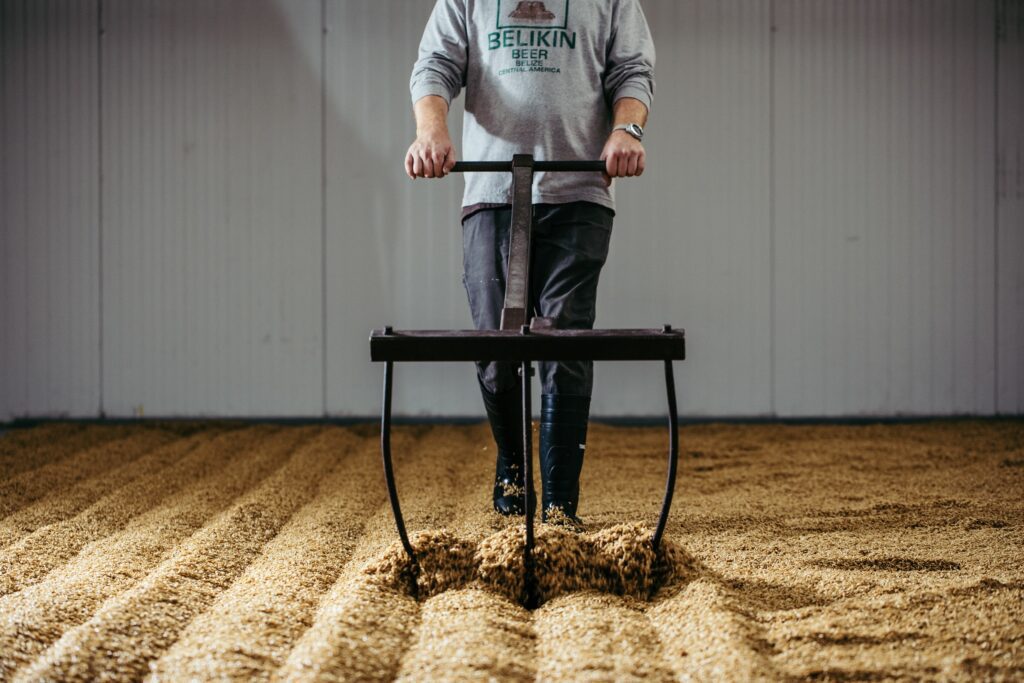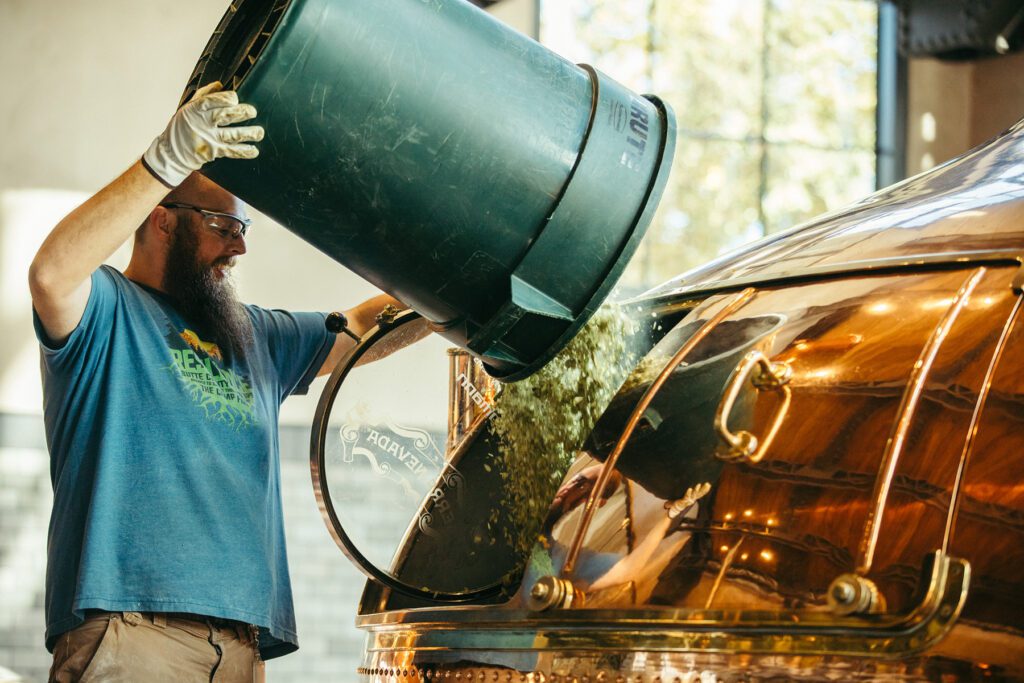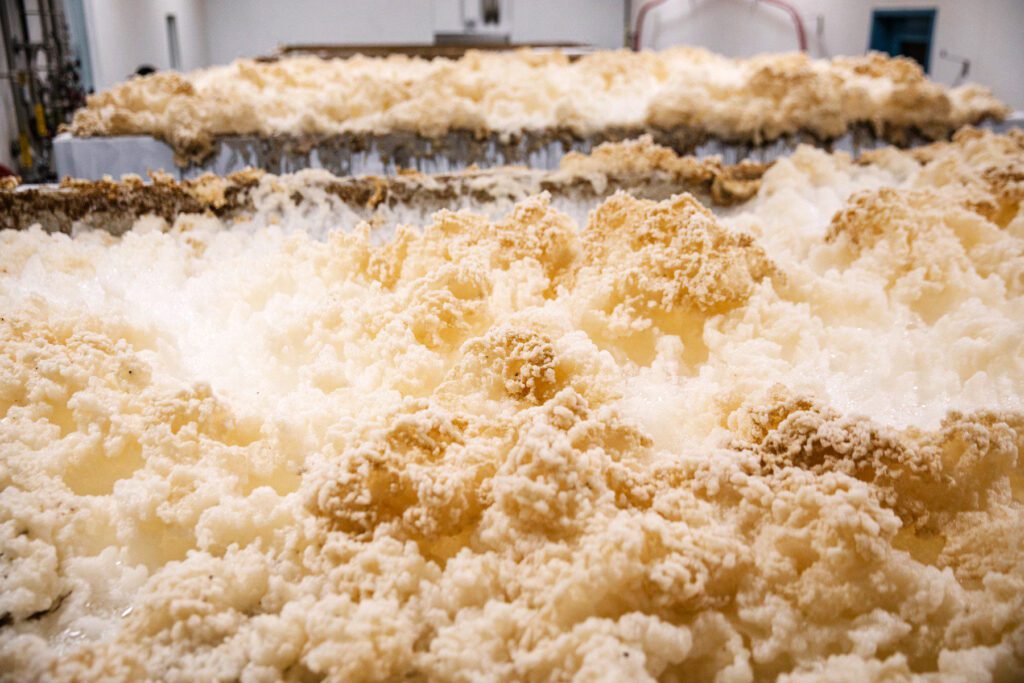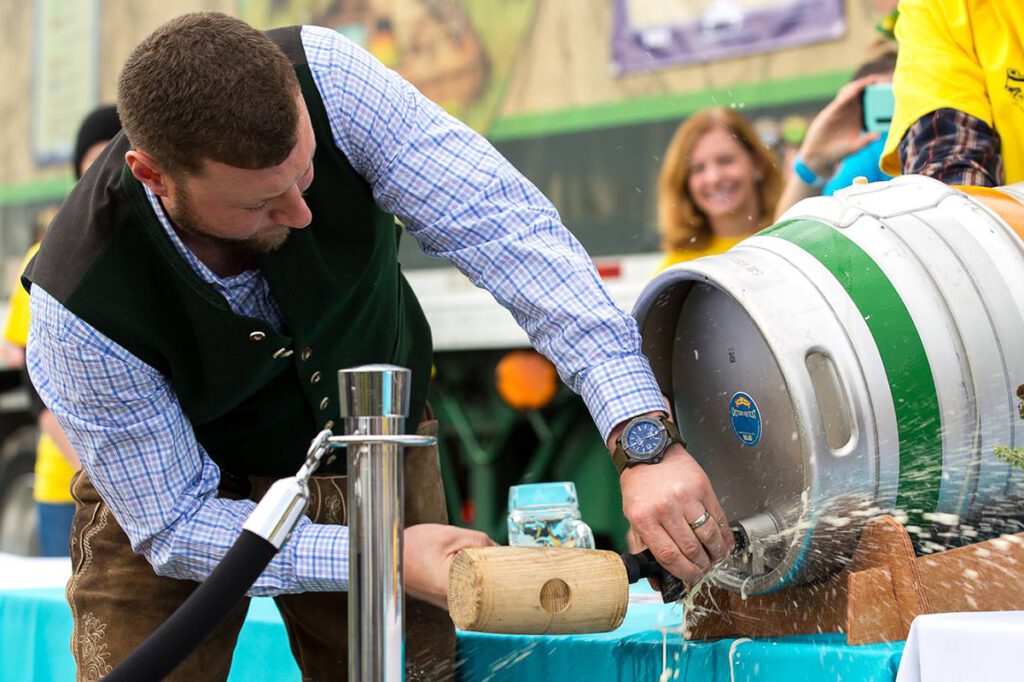
I met Michael Jackson once. Not the singer and dancer, rather a bulkier version in the shape of the Beer Hunter. There is no question that he did much to celebrate beer, and he did his beer searching on a global basis, embracing a multitude of styles. There was kölsch from Cologne, a hybrid beer insofar as fermentation is with an ale yeast whereas production conditions are very much as if it was a lager, with colder fermentations and prolonged lagering. Then there was kriek, one of the sour Belgian lambic products, this one with cherries incorporated into the recipe. And there was sahti, a Finnish ale featuring juniper berries and twigs.
Kellerbiers
In Germany there is kellerbier (cellar beer) which is basically unclarified lager that comes straight from the storage tank. It is very malty and yeasty and drunk in beer gardens from earthenware mugs. And of course, Germany boasts kristallweizen (crystal wheat) which is fundamentally filtered hefeweizen.
Chances are that such filtration is with the aid of diatomaceous earth, which is also known as kieselguhr. This is a powder comprising the exoskeletons of ancient microbes, with amazing shapes as seen using an electron microscope.
I am not sure, but Mr. Jackson might also have explored kvass, which literally means bread drink and is found in Russia and neighboring countries. It is essentially fermented from crumbled rye bread, employing a yeast starter and flavored with herbs and spices. It may typically be less than 2% ABV.

I am always at pains to point out that beer preference is entirely a personal thing. I confess to never having tried kvass, but I am not sure that I would like it. Call me dyed-in-the-wool if you will, but I like my malty brews. I am also temperamentally aligned to the maltster, who does a wonderful job in converting barley into the bedrock material for most beers. Through their art, founded on science, they achieve wonders in the controlled digestion of key grain components during germination. These include the proteins, which for the longest time were quantified by a method by a Danish gentleman by the name of Kjeldahl. During grain sprouting, the proteins are digested to different extents and made more soluble. This is gauged by measuring the ratio between the amount of dissolved protein (S) and the total amount of protein (T) in the grain, a ratio that we tend to call the S/T ratio, but which the Germans refer to as the Kolbach Index. This was named for a brewer from Luxembourg by the name of Paul Kolbach.
Jump-Mashing Technique
The final stage in the malthouse is kilning, in which moisture is driven off in a careful way to preserve the enzymes that are needed in the brewer’s mash. It is in the mash that brewers can play all kind of tunes in determining the extent to which these enzymes are able to work. At one extreme there is a technique that the Germans call Springmaischverfahren, but which we will call jump-mashing. The milled malt is mashed in at a temperature of around 95-105ºF and, whilst stirring continuously, boiling water is added over 15 minutes to bring the temperature up to 162ºF. This is hot enough to “melt” the starch but too hot for the enzyme needed to make fermentable sugars from the starch. And so this is an approach to making low-alcohol beer.
As is usual the wort is collected via lautering into the kettle, in which it is traditionally boiled with hops. The precipitate formed can be improved in its settleability by adding Irish moss, also referred to as kettle finings.

Thence for all beers to fermentation, and our beloved friends, yeast. Much interest has been lavished in recent years on kveik, basically a collection of yeasts from Norwegian farmhouses and “handed down” through the ages. These yeasts tend to ferment quickly at quite high temperatures (as high as 105ºF or more) without producing off-flavors.
Killer Yeast
One yeast type nobody wants around the place is killer yeast, organisms that produce a protein able to destroy other strains.
A fermentation in progress is a thing of beauty. Look at a batch in one of the open fermenters. That wonderful head with its rocky, cauliflower-like appearance is referred to by the Germans as krausen, which means wrinkled or curled. Krausening is the practice of adding actively fermenting wort to a previous batch of beer in the post-fermentation phase to accelerate maturation, including the removal of diacetyl.

Jumping Beer
Foam is not always desirable. If a beer gushes (foams spontaneously when the bottle or can is opened) then we are not happy. Some folks call this jumping beer.
We know, too, that we need to get our dispensing gases right if we are not going to get excessive liveliness in draught beer served from kegs.

Personally I love my cask-conditioned ales, in which the beer is collected from the fermenter and racked into barrels, with proteins included to settle out yeast and also some sugar to allow that yeast to have first produced low levels of natural carbonation. This is what a cask set up looks like — either when the beer is served from the bar itself or from the cellar. Note the keystone, which is the bit (traditionally of wood) that seals the hole on the edge of the container and through which the tap is introduced.
– Charlie Bamforth




